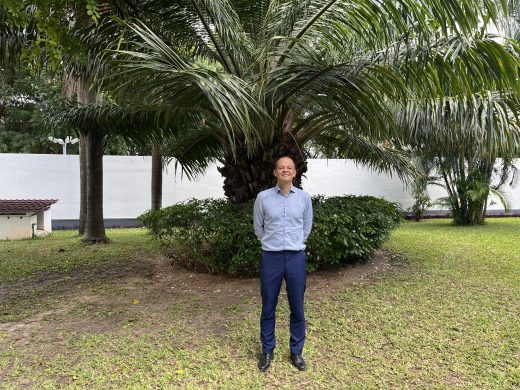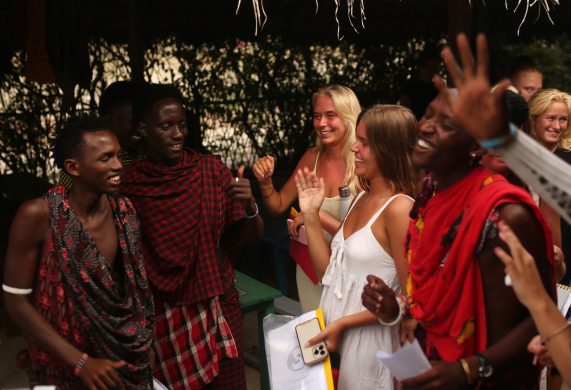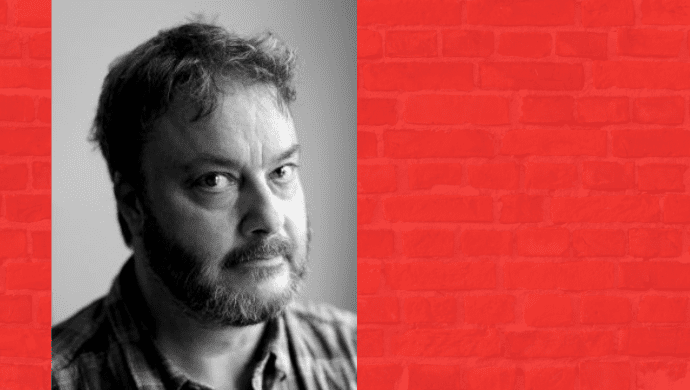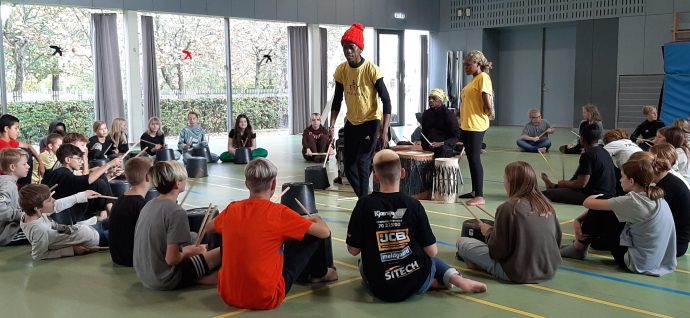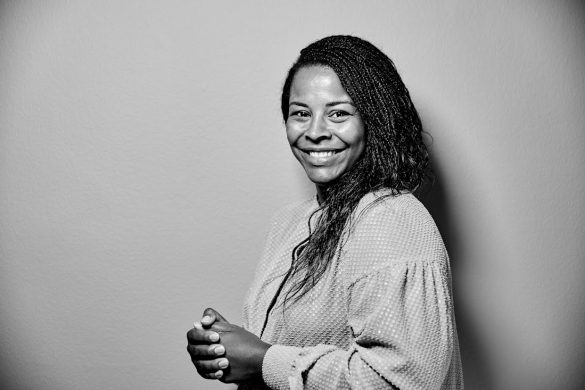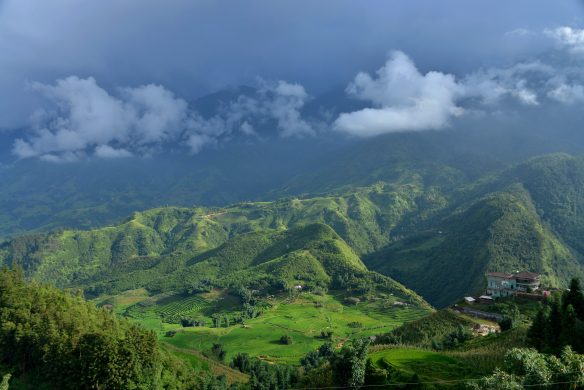For mange emigranter fra Somalia og Etiopien ender rejsen til det forjættede Sydafrika ved grænsen til Mozambique
MTWARA, 19 September 2011 (IRIN) – Near the coastal town of Mtwara, Tanzania’s border with Mozambique is marked only by the River Ruvuma which is wide and relatively shallow at this point just before it drains into the Indian Ocean.
Young men loll in small, wooden boats checking their cell phones and waiting for passengers to ferry across to the other side, but business has been slow in the last two months since groups of migrants desperate to complete a journey that began thousands of kilometres to the north stopped arriving at the river’s banks.
– For the last two or three months we have not had big movements like we had between February and April, said Henry Chacha, an immigration officer from the nearby Kilambo border post, adding: – For the last two or three weeks, we have not had any migrants.”
At the height of the activity around Mtwara in early 2011, the migrants – most of them from Ethiopia and Somalia – typically arrived in groups of 100 or more on boats operated by smugglers, usually from the Kenyan port city of Mombasa.
According to one Somali migrant who made the trip, the groups were dropped off near Mtwara, and then found their way to the river delta where they paid the waiting fishermen in money or goods for passage to the other side.
From there, they trekked through thick forest for several days before crossing into Mozambique and arriving at Palma.
In this small coastal town the UN Refugee Agency (UNHCR) and the government’s National Institute for Refugee Assistance (INAR) had set up an informal camp behind the local police station to cater for the migrants’ basic needs before transporting them to Maratane refugee camp in Mozambiques Nampula Province.
For most, Maratane was merely a place to rest, regroup and make contact with their smugglers’ agents who would help them reach their final destination: South Africa – the only country in the region where asylum-seekers and refugees have freedom of movement and the right to work and run businesses rather than being confined to camps.
But around May of this year, the movement of migrants from the Horn of Africa across the River Ruvuma began reversing in direction.
According to immigration authorities in Mtwara, groups of migrants, stripped of their belongings and clothing, and many bearing the marks of severe beatings, began appearing near the river.
– We saw them at the delta, naked. We gave them food and clothing and then we took them to a court of law and then prison. We do not have any other shelters for them, said Hamidu Mkambala, the regional immigration officer for Mtwara.
About 500 Ethiopians and 50 Somalis are now being held at Mtwara prison, while about 600 Ethiopian and 170 Somali migrants are in other prisons around Tanzania.
Harrowing journey
Læs videre på http://www.irinnews.org/report.aspx?reportid=93759







